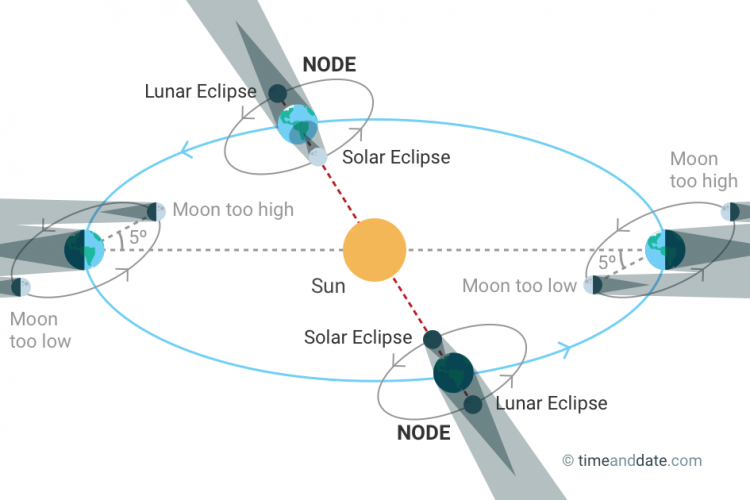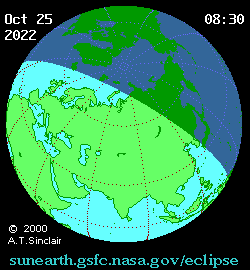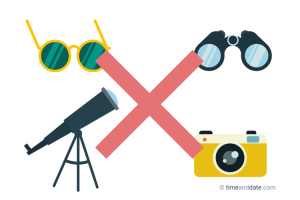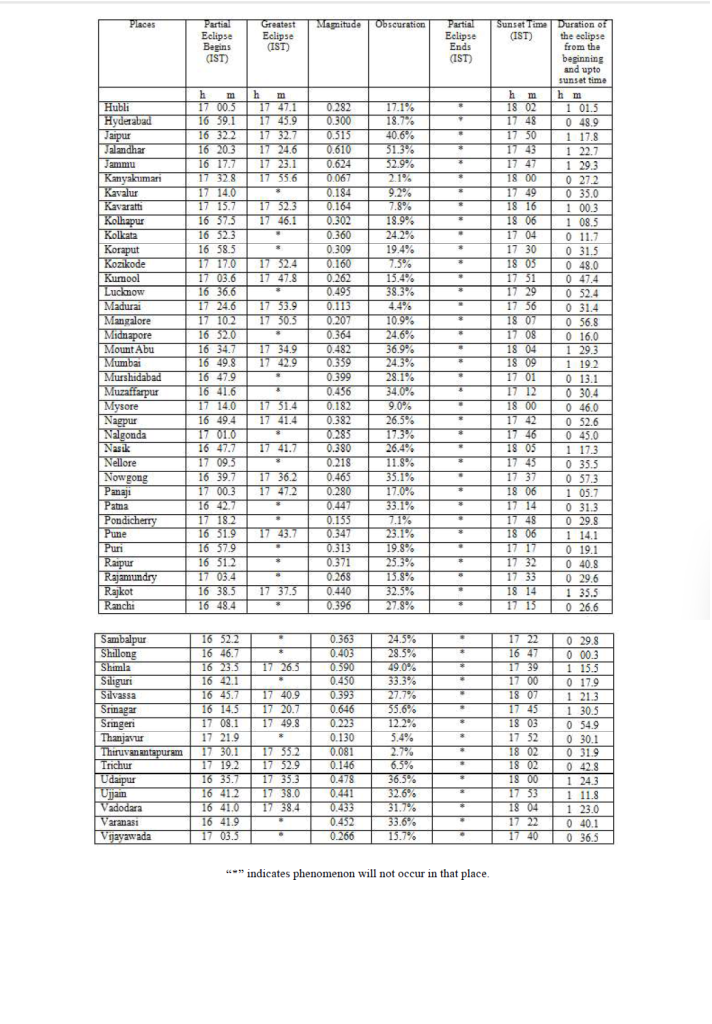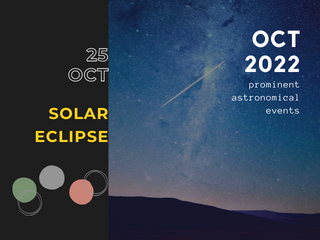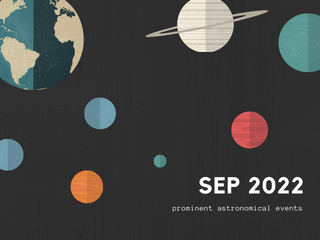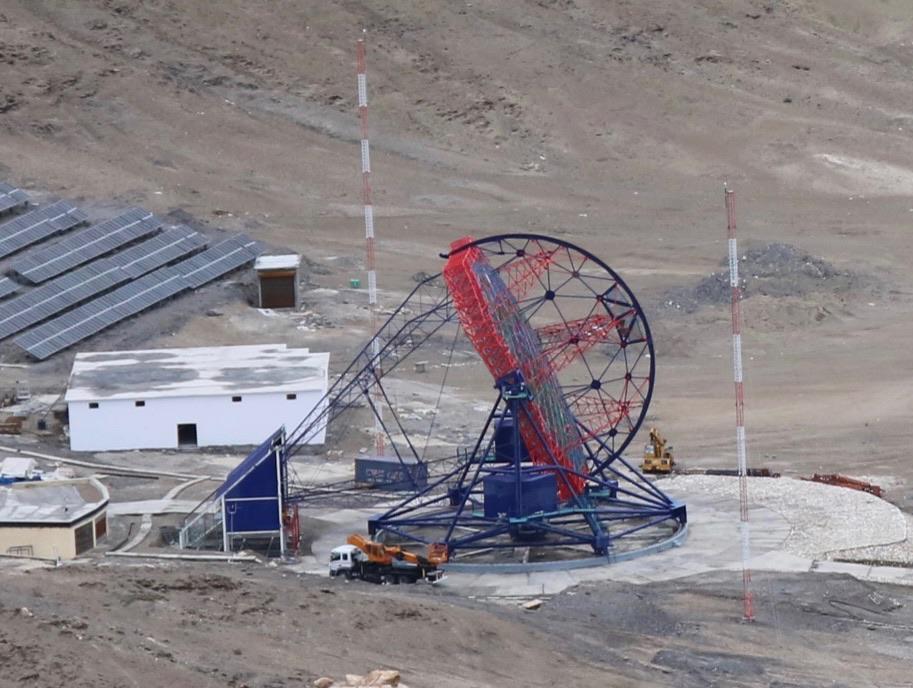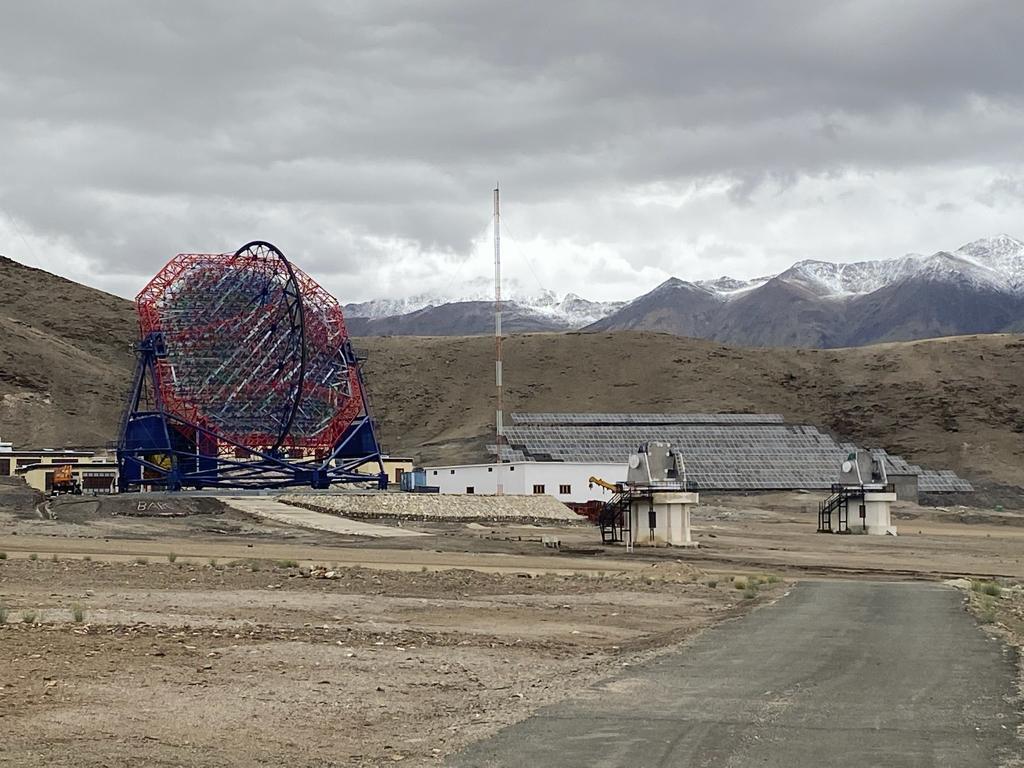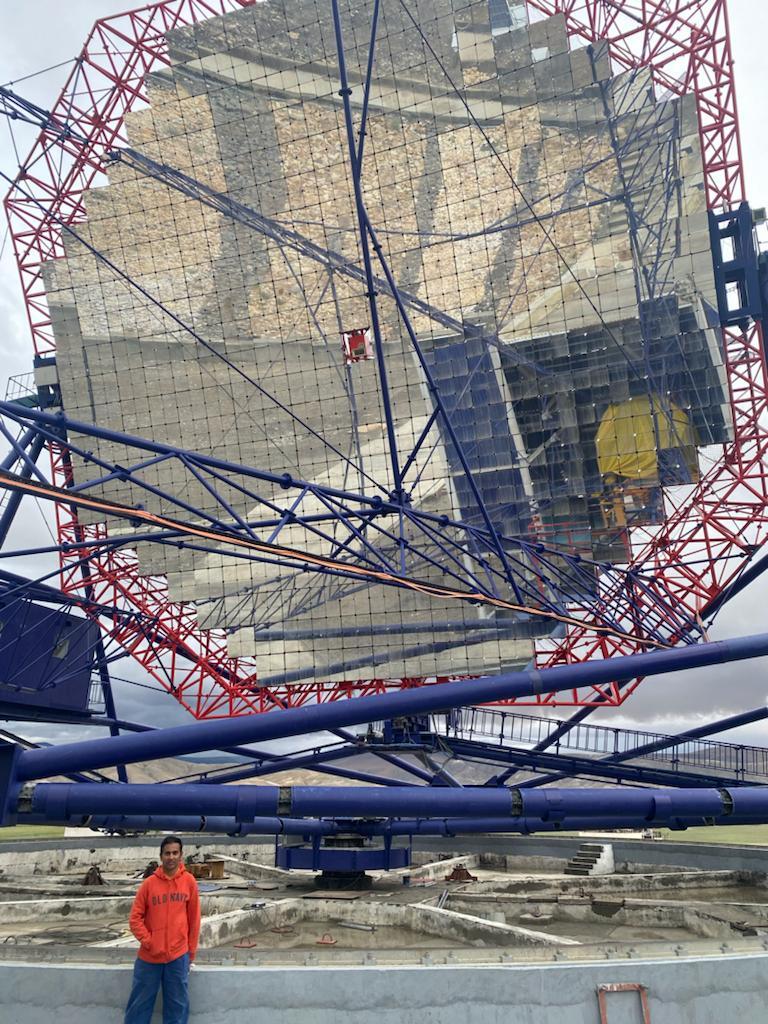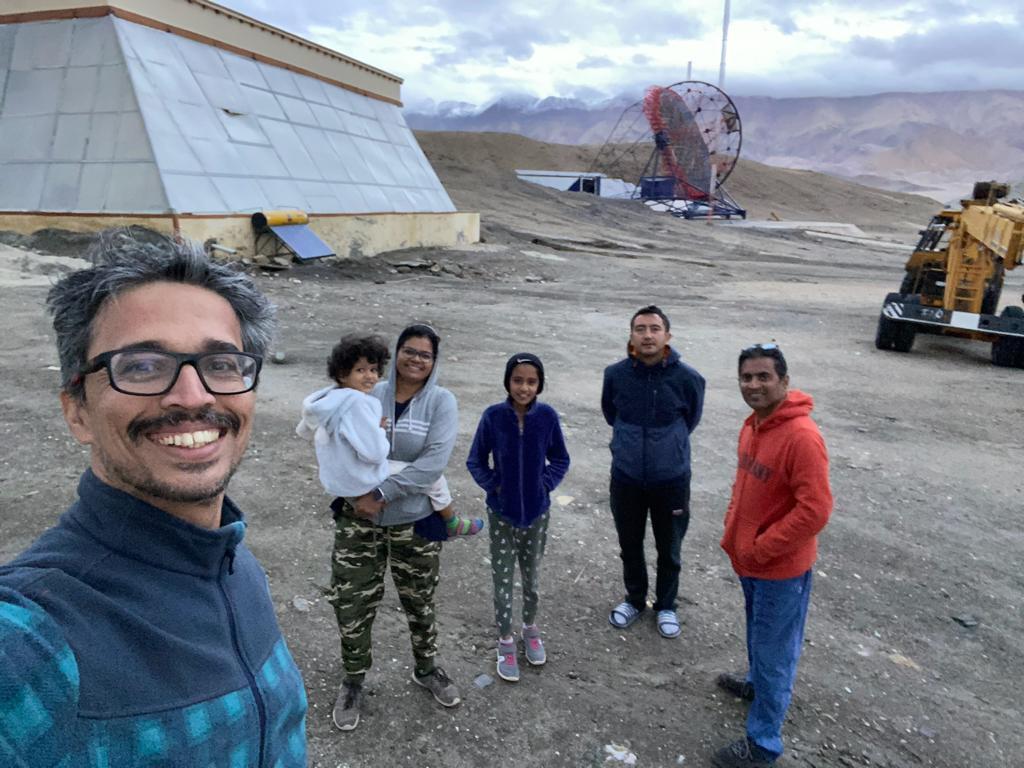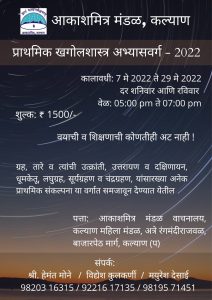Astronomical Events
for August 2025
Friday, August 1, 2025 at 6:11:00 PM
First Quarter
Saturday, August 2, 2025 at 2:07:00 AM
Moon at apogee
Sunday, August 3, 2025 at 11:52:00 PM
Mercury greatest helio lat. S
Monday, August 4, 2025 at 3:11:00 PM
Moon greatest lat. S 5° 09′
Wednesday, August 6, 2025 at 2:57:00 PM
Saturn 1°.1 S of Neptune
Saturday, August 9, 2025 at 1:25:00 PM
Full Moon
Sunday, August 10, 2025 at 11:25:00 PM
Mercury stationary in R.A
Monday, August 11, 2025 at 12:54:00 PM
Mercury in Direct
Monday, August 11, 2025 at 8:22:00 PM
Moon in ascending node
Tuesday, August 12, 2025 at 1:14:00 PM
Venus 0°.9 S of Jupiter
Tuesday, August 12, 2025 at 8:48:00 PM
Saturn 4°.1 S of Moon
Tuesday, August 12, 2025 at 9:04:00 PM
Neptune 2°.9 S of Moon
Thursday, August 14, 2025 at 11:28:00 PM
Moon at perigee



